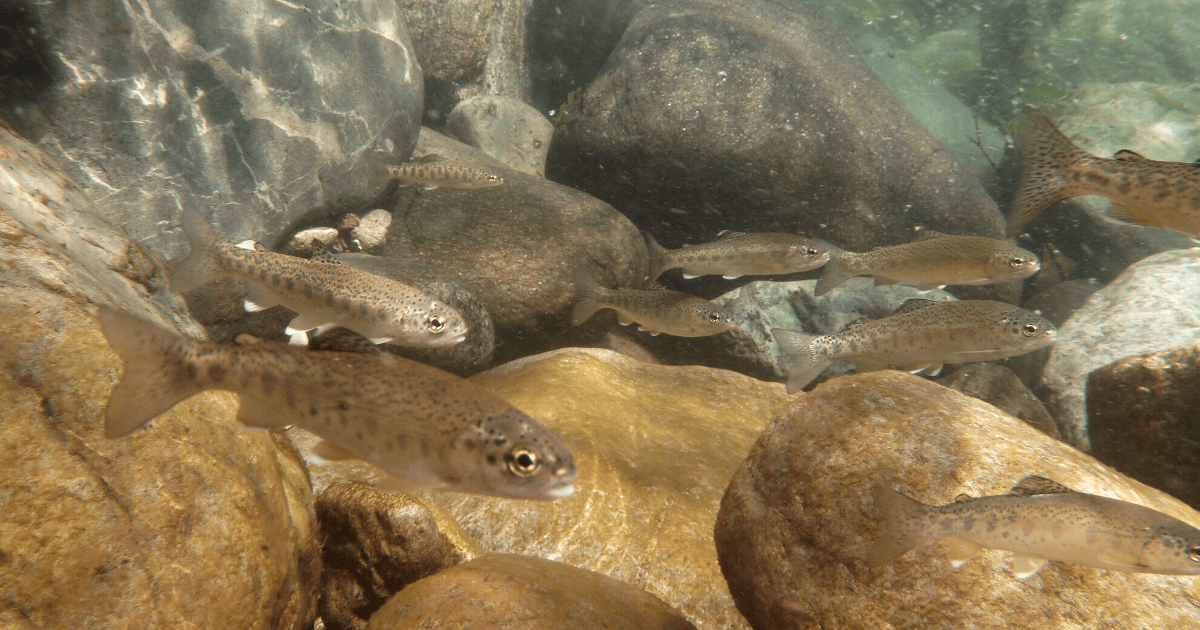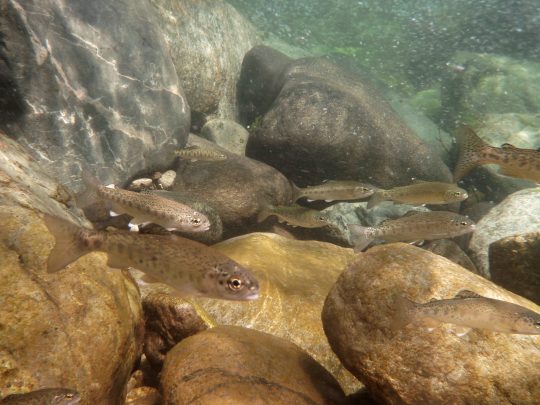Summer steelhead considered for protection under state Endangered Species Act
This article was originally posted by the Times Standard on June 13, 2019. Author: By Shomik Mukherjee
The Northern California summer steelhead is closer to being listed under the state’s Endangered Species Act as the state Fish and Game Commission voted unanimously 4-0 on Wednesday at its June meeting in Redding to review the species’ status over the next year.
Summer steelhead fish are capable of swimming to and from the ocean, but the presence of the Scott Dam has disrupted their ability to migrate up the Eel River. The commission’s vote relied on a submitted petition, as well as the department’s own evaluation of the species.
At a future meeting, the commission will make a final decision on whether to classify the summer steelhead as endangered.
“This commences a one-year status review of the species and the commission will make a final decision at a future meeting,” the state Department of Fish and Wildlife announced. “During the status review, summer steelhead have protections under (the state Endangered Species Act) as a candidate species.”
The specific summer steelhead, a form of rainbow trout, has unique genetic capabilities that warrants its endangered status, said Scott Greacen, conservation director Friends of the Eel River.
“What’s important here is recognizing that summer steelhead are really different and if we don’t protect them separately, we’ll lose them,” Greacen said.
The distinction between summer steelhead and winter-run steelhead comes down to a single gene — uncovered by “exciting genetic research” — which makes the difference between a mature, migrating fish species and a premature one, Greacen said.
Because of the genetic difference, the steelhead-type of rainbow trout don’t spawn immediately, while winter-run steelhead enter freshwater ready to spawn at any time.
During the status review, state researchers will attempt to gather more data about the fish. The current research is “spotty at best,” Greacen said.
“They’re so hard to find and so hard to count,” he said. “Part of the story here is you have to get to difficult-to-access places to find the fish. You’ll spend entire days backpacking to places near the (Van Duzen River) where you can’t get to without a helicopter.”
Even then, the fish display tremendous migration capabilities, showing up above enormous boulders blocking the water.
Greacen suggests that if it weren’t for the presence of the Scott Dam, the summer steelhead would travel regularly to the ocean and back. But with the effort of multiple organizations (including the conservation group California Trout) to acquire the Potter Valley water diversion in the Eel River basin, the dam could be removed in the coming years.
“We are now closer than we’ve ever been,” Greacen said. “The steelhead could really be a phoenix rising from the ashes.”






